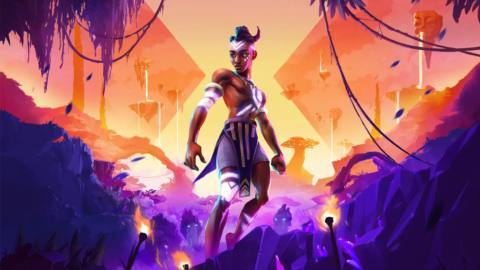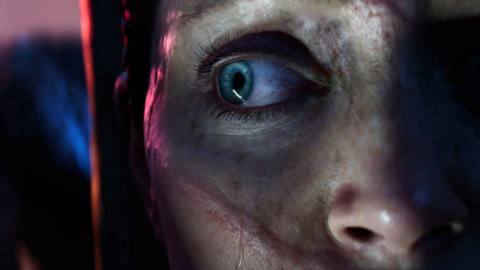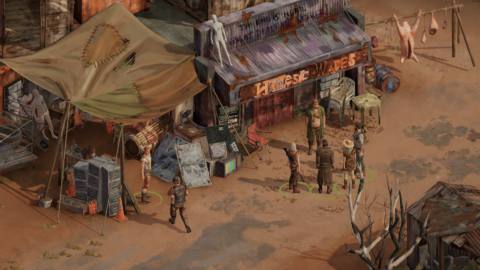
I spent a good part of this morning trying to remember the precise artwork that Sauge, the heroine of Caravan SandWitch, reminds me of. With her baggy, almost plus four style trousers and bouncing quiff, she’s relatively close to Tintin, but I had a twittering sense that there was something else at play too. Eventually, I remembered it: Emil and the Detectives, the children’s adventure by Erich Kästner. More specifically, those airy, bendy, thick-lined ink illustrations by Walter Trier. Retro and modern all at once, as art struck on the cusp of the 1930s often was. Cheerful and spirited, filled with a headlong sense of derring-do. It’s a perfect fit.
Caravan SandWitch is a lovely thing, an exploration adventure game without player death but brought into focus by a quiet sense of mourning. Sauge has returned to her home planet in search of her sister, who disappeared years ago, but has left a trail of messages behind her. The planet is a beautiful place, but it’s also ravaged, exploited, mined out and now abandoned. The game plays out as Sauge pieces together this mystery of her sister’s life while pelting about the environment in a chunky little van, bringing things back to life, meeting different communities and helping out, and generally being the goodest of eggs. I loved it.
The world is a big part of this. I’ve played a lot of games set in relatively sweet-natured post-apocalyptical planets – most recently something like Creatures of Ava comes to mind. But Ava’s world is inspired by the bioluminescent jungles of Avatar, whereas Caravan SandWitch leans more heavily on a real place, Provence, with its sandy stone, its crags and fields and artful towns. The difference is striking: it feels like this game has much more solid foundations, being based on a proper sense of understanding a place rather than just seeing it on a screen.






